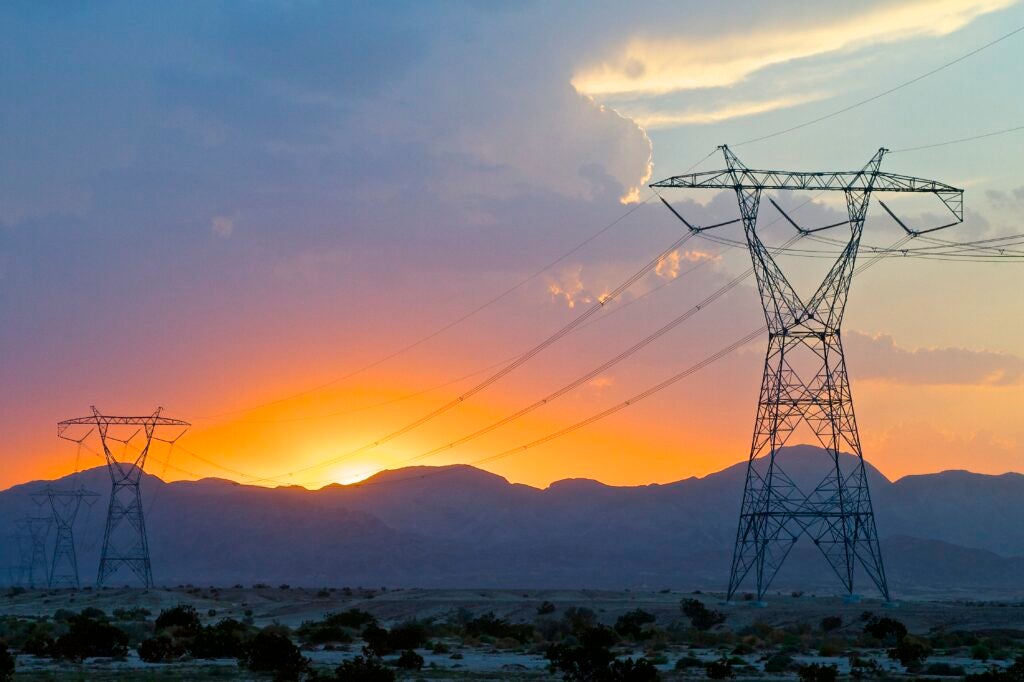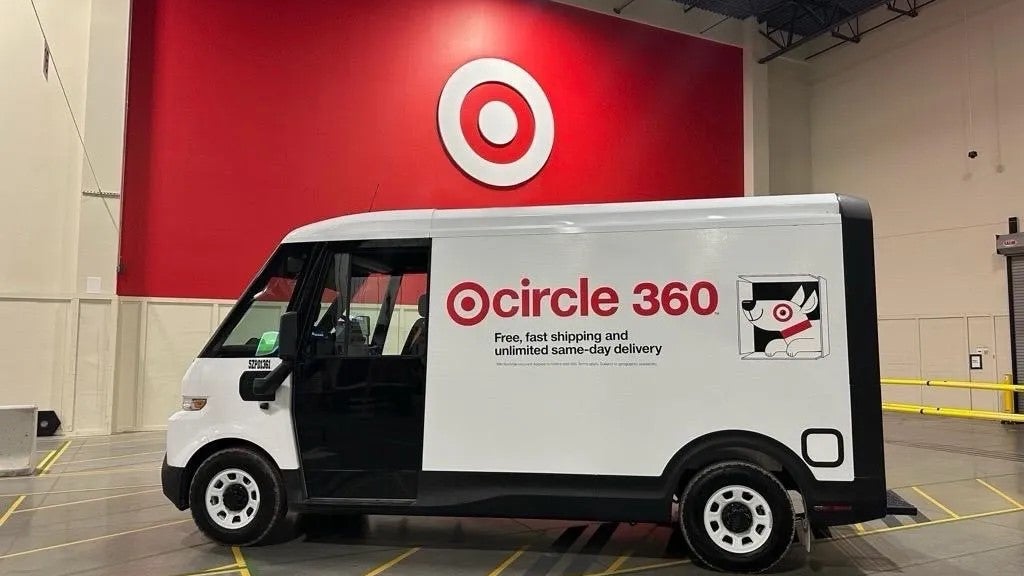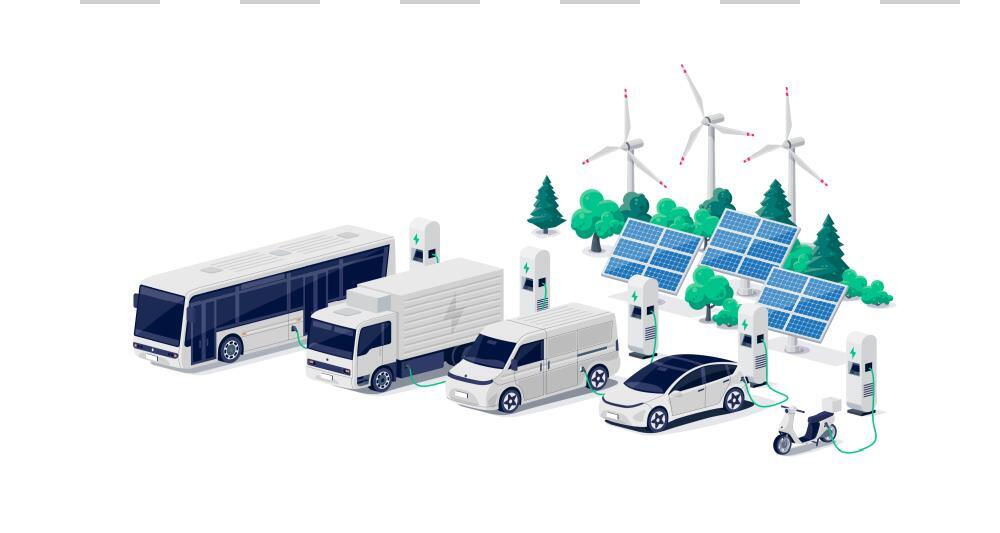By Adam Kurland, Attorney, Federal Energy, Environmental Defense Fund and Nicole Pavia, Director, Clean Energy Infrastructure, Clean Air Task Force
- Early, genuine engagement turns potential opposition into partnership — accelerating transmission projects and delivering shared benefits.
- The most successful developers align projects with local priorities, from co-ownership models to infrastructure upgrades, creating lasting trust and progress.















